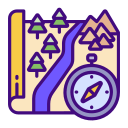Mastering Navigation Tools and Techniques for Seasonal Mountain Hikes
Chosen theme: Navigation Tools and Techniques for Seasonal Mountain Hikes. From thawing spring trails to whiteout winters, this friendly guide helps you read terrain, trust your tools, and move confidently in any season. Share your stories, ask questions, and subscribe for fresh, season-tuned navigation insights.
Reading the Mountains: Seasonal Map Skills
Snow can erase trails and magnify micro-relief, turning gentle rolls into navigation traps. Read aspect to anticipate drifts and cornices, and use slope-angle shading to avoid avalanche-prone bowls. Cross-check your position with known elevation lines and share your winter contour tips below.
During the thaw, creeks braid, new channels appear, and bridges may be washed out. Use blue-line density, marsh symbols, and contour constrictions to locate safer crossings. Leave waypoint options, plan detours, and comment with your smartest spring reroute so others can learn.
With leaves down, ridgelines and sidehill benches pop into view, simplifying terrain association. Yet faint paths vanish under leaf litter. Trace spurs and saddles on your map, match them to sightlines, and mark handrails. Which autumn cue do you trust most? Share your approach.
Compass Mastery and Magnetic Declination
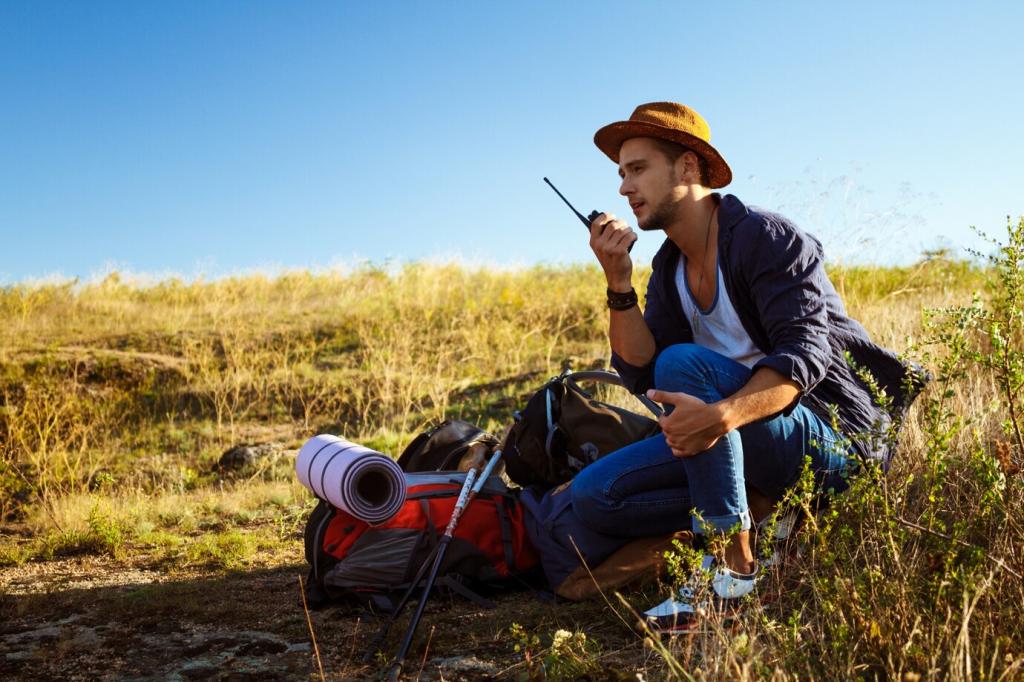
Setting Declination Before You Go
Declination shifts by location and slowly changes over time. Check current values using a reputable source, then set your adjustable baseplate or note the correction for math on the fly. A quick parking-lot calibration can prevent hours of drift. What’s your setup ritual?
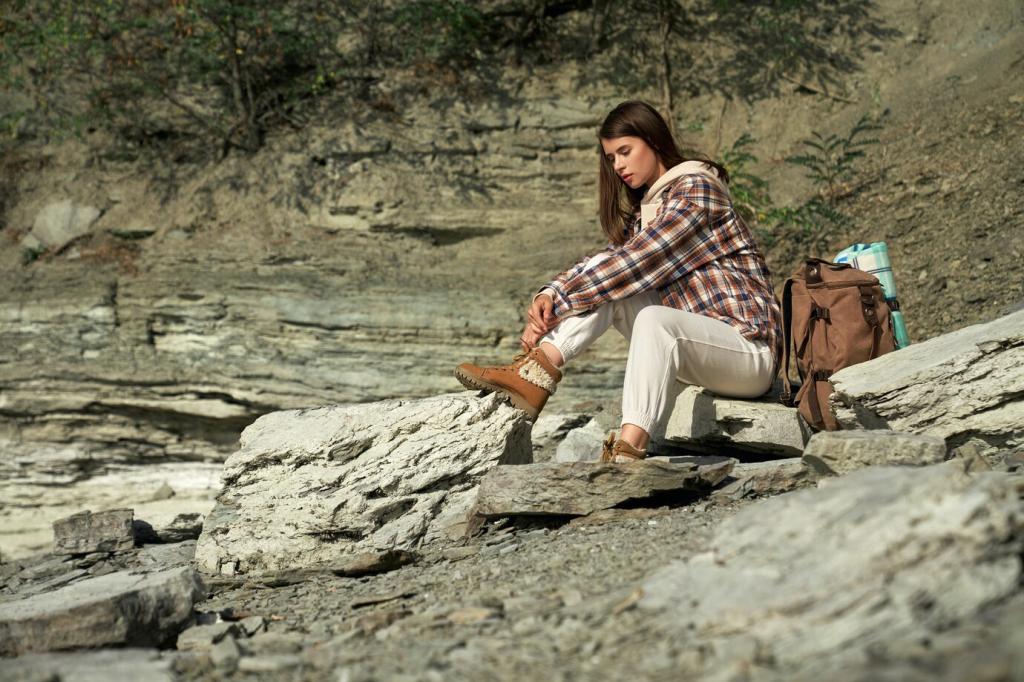
Walking a Bearing in Whiteout
In blowing snow, pick a near object on your bearing and leapfrog targets to maintain direction. Use pacing beads for distance, keep the compass level, and guard it from wind gusts. Practice in safe terrain during storms, then share your best whiteout drill with readers.
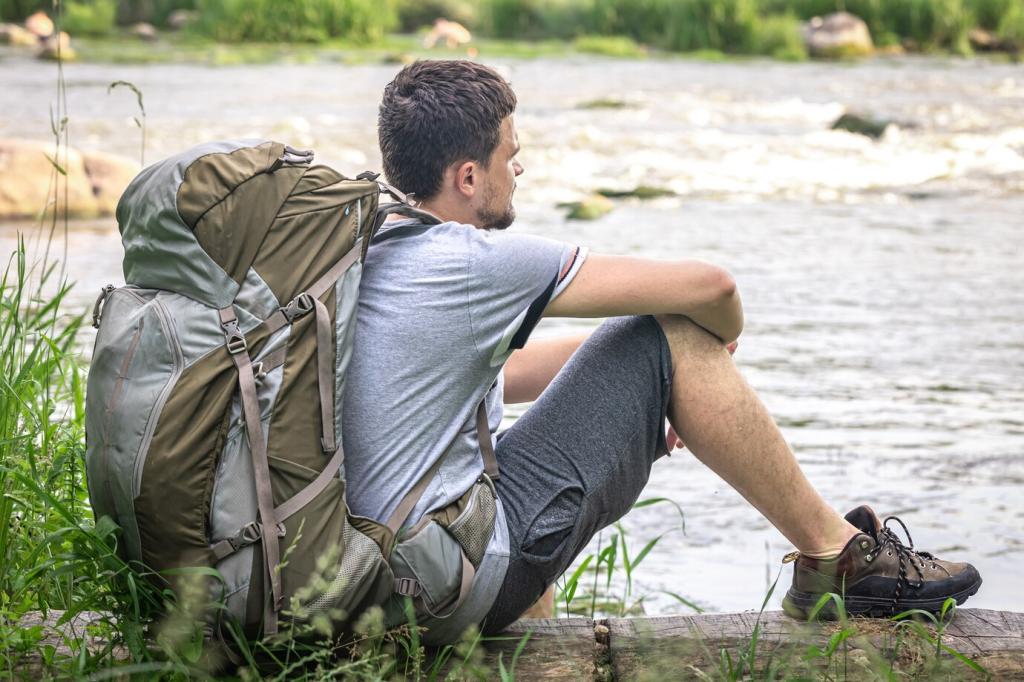
Triangulation When Peaks Are Hidden
When summits vanish in cloud, triangulate using audible features like rivers, plus a barometric altimeter reading. Take two to three bearings to distinct points, even breaks in forest edge, and plot intersection lines. Comment with a time triangulation saved you on a socked-in ridge.
GPS Devices and Battery Strategies Across Seasons
Lithium batteries outperform alkalines in freezing conditions. Keep spares warm in an inner pocket, reduce screen brightness, and lengthen track logging intervals to save power. Consider glove-friendly buttons over touchscreens. What winter power plan keeps your GPS steady at sub-zero temperatures? Tell us below.

Before leaving service, download topo, satellite, and trail overlays. Add layers for avalanche terrain shading in winter and fire closures in summer. Keep small-area high-detail maps for emergencies. Which layers do you rely on when seasons shift? Share your stack so others can learn.

Barometric sensors need frequent calibration during fast pressure changes. Set altitude at a signed trailhead or known contour, then recheck at passes. Accurate elevation helps verify your map position when visibility drops. Do you calibrate by time or feature? Discuss your method below.

Cold saps lithium-ion quickly. Use airplane mode, disable background sync, lower brightness, and store the phone close to your body. A lightweight power bank and short cable reduce heat loss. What insulation hack extends your phone’s life on icy summits? Share your secret.
Daylight Budgeting Across Seasons
Winter days are short; plan conservative turn-around times and carry a backup headlamp. In summer, start early to avoid afternoon storms and heat. Estimate pace using terrain difficulty, not mileage alone. How do you time your days when shadows arrive early? Share your formula.
Snowpack and Avalanche Information
Check regional avalanche bulletins, wind-loading patterns, and recent storm totals. Prefer ridgelines with safe aspects and avoid terrain traps. Plan micro-reroutes that keep you below threshold angles. What winter risk filter do you use when drawing lines on maps? Join the discussion below.
Water Availability and Heat Strategy
Mark reliable springs and seasonal streams, then decide where to carry extra liters versus filter en route. In heat, build shade breaks into your navigation plan. Share your favorite map clues for finding water late in summer droughts and help others plan wisely.
Terrain Association: Handrails, Backstops, and Catch Features
Follow broad ridges in winter to avoid avalanche terrain, or a creek valley in summer to stay oriented. Mark these linear features on your map and note escape routes. Which handrails do you trust most in mixed weather? Add your examples for others to try.
Terrain Association: Handrails, Backstops, and Catch Features
Choose obvious catch features—roads, big rivers, or distinct saddles—that stop you from drifting too far. Pre-select bailout routes to treeline or trailheads. A plan written beforehand reduces stress. What’s your go-to backstop in complex terrain? Drop your wisdom in the comments.
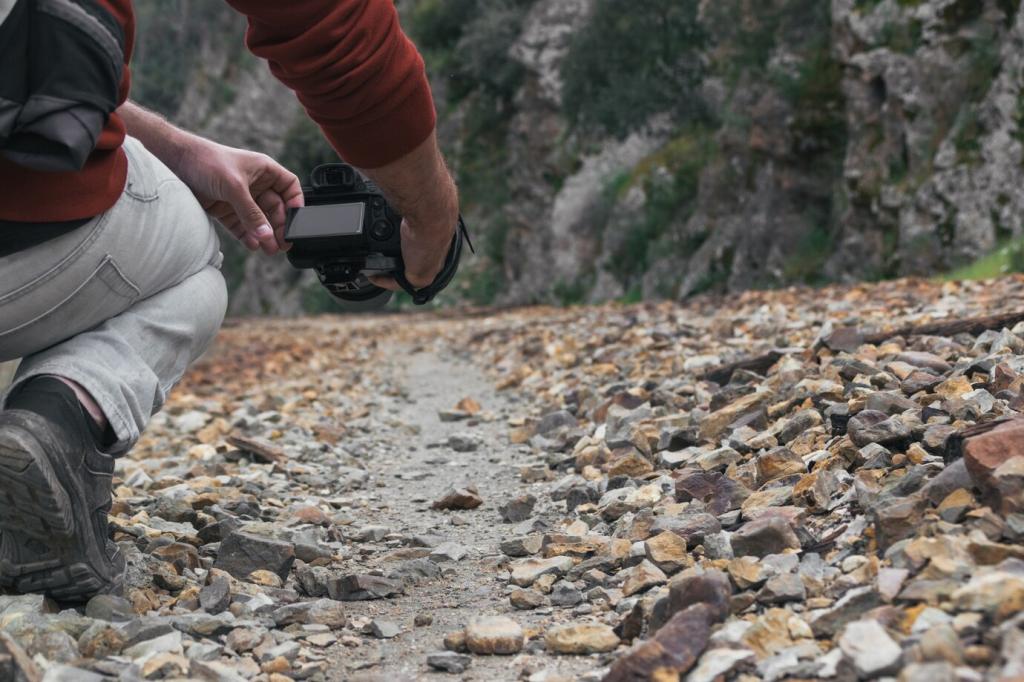
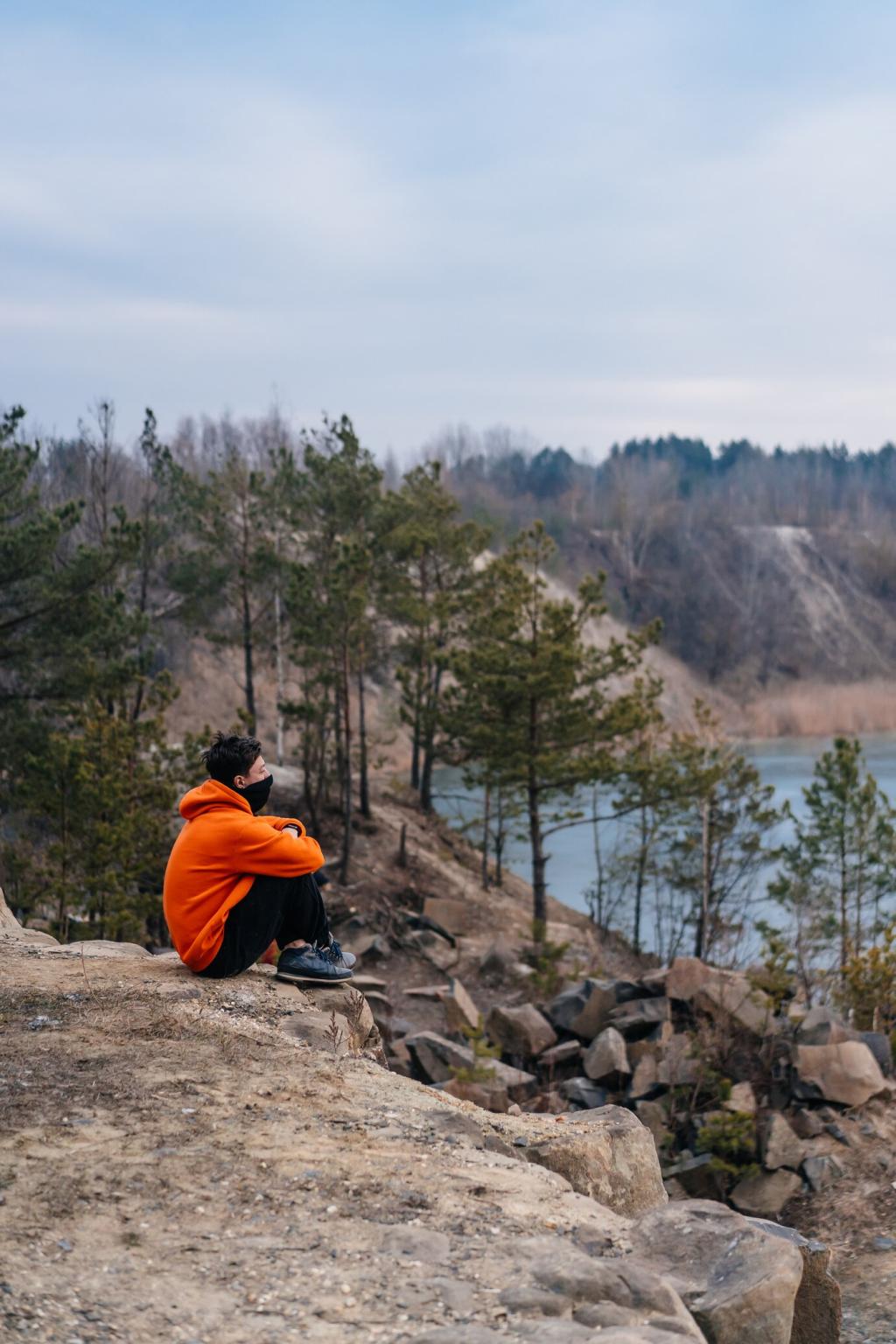
Share Your Plan, Mark Your Progress
Leave a trip plan with bearings, checkpoints, and turnaround times. Schedule check-ins by message, satellite ping, or hut log. Accurate navigation includes accountability. How do you structure your check-ins during storm seasons? Post your template to help others refine their systems.
Emergency Navigation Signals Without Trashing the Wild
Use classic signals—three whistle blasts, a mirror flash, or reflective bivy—rather than rock cairns or blaze marks that persist for years. Teach your group the signals before departure. What low-impact techniques do you carry for emergencies? Add your kit to the discussion.
Anecdote: The October Whiteout Lesson
Caught in an October squall, we lost the trail on a gentle plateau. A set declination, 240-degree bearing, and pacing beads walked us cleanly to treeline. That calm reliance on fundamentals was everything. Have a story where simple tools saved the day? Share it.
